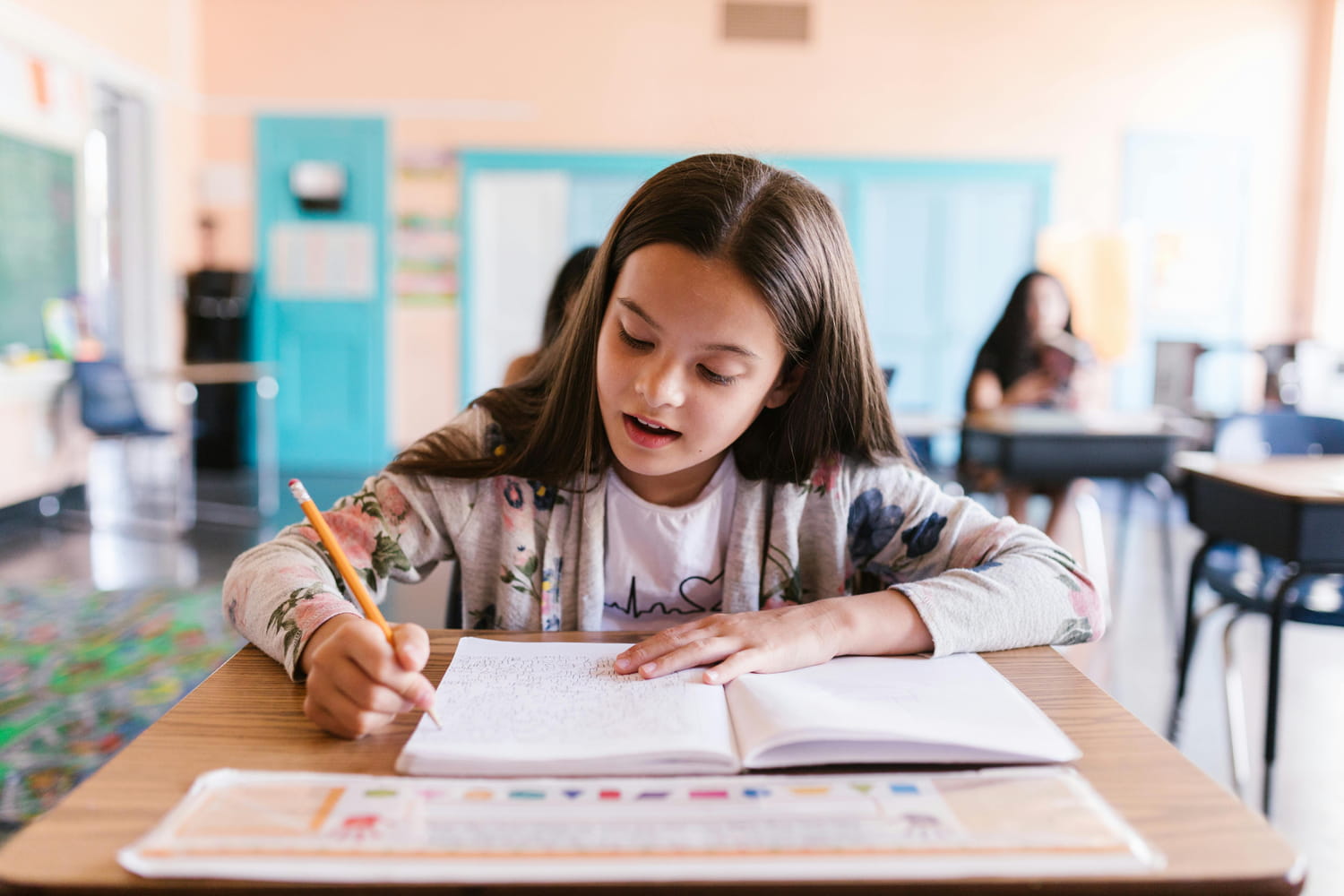A formerly essential rule, gradually relegated to oblivion.
Students learn earlier and earlier to juggle massive amounts of information, but memory does not always follow the pace. Parents are worried, teachers are looking for solutions and children, sometimes, are struggling to remember what they have read the day before. Faced with screens that dictate fragmented learning, there is however a method that restores solidity to memory, without the need for new technologies.
Many admit that he has a hard time focusing on several pages in a row and restoring what they just read. Neurosciences confirm this, attention is requested from all sides, which weakens their retention. But some teachers show that it is possible to counter this phenomenon with a reading gesture which requires only a pencil and a little application. Jeffrey Kaplan, associate professor of philosophy at the University of North Carolina, made it one of her battle horses. Far from ready -made recipes, he insists on a central principle: “To remember what you read, to understand it and absorb the contents in your brain so that you can remember it later … You need a procedure by which you force yourself to interact with the semantic content of what you read”, he explains in one of his videos. In other words, it is not only a question of passing your eyes on words, but of entering their meaning, of thinking about the role of each idea overall.
The semantic content, he specifies, is not reduced to the words taken in isolation. He encompasses the meaning, the relationships between sentences, the invisible thread that connects ideas. This work requires active attention, where passive reading lets the information spin. The problem is that this gymnastics is not spontaneous: you have to create a method to trigger it on each page. “You must have a procedure that forces you to think about the ideas contained in the text”insists the researcher. His advice is anchored in an old academic practice known as Marginalia. The principle is simple: take notes in the margin of the text, rather than copy word for word. The exercise is to condense an entire passage into a short sentence. The objective is to identify a central idea and formulate it in its own way. By reducing a block of information in a single formulation, the student forces himself to assimilate what he reads and to distinguish the essentials of the secondary.
For students, the exercise may seem time -consuming at the start, but it saves time afterwards. By revising, they no longer have to reread their courses in full: the margin already contains an ultra-concentrated version, accessible at a glance. Teachers who experiment with it notice better autonomy and increased confidence in children.


